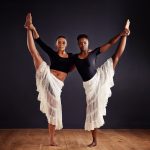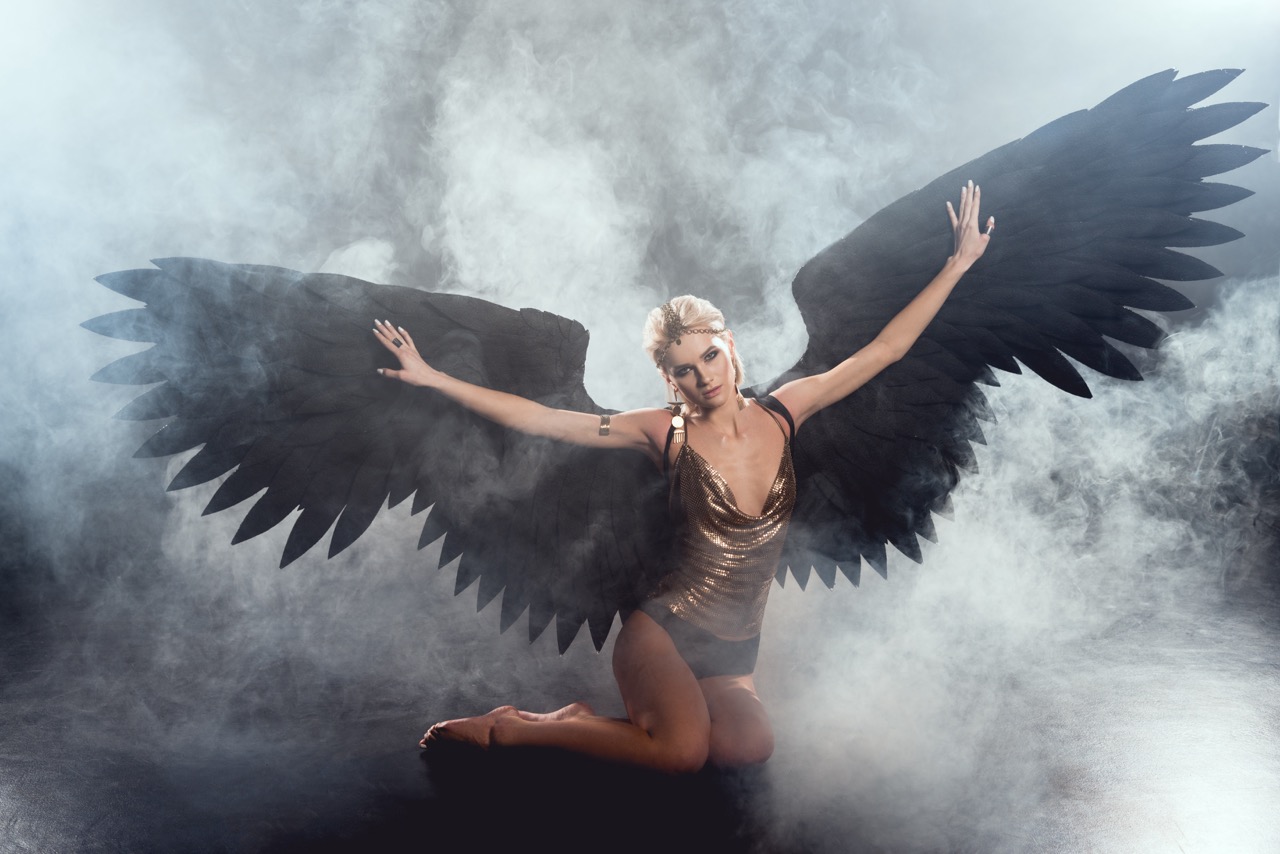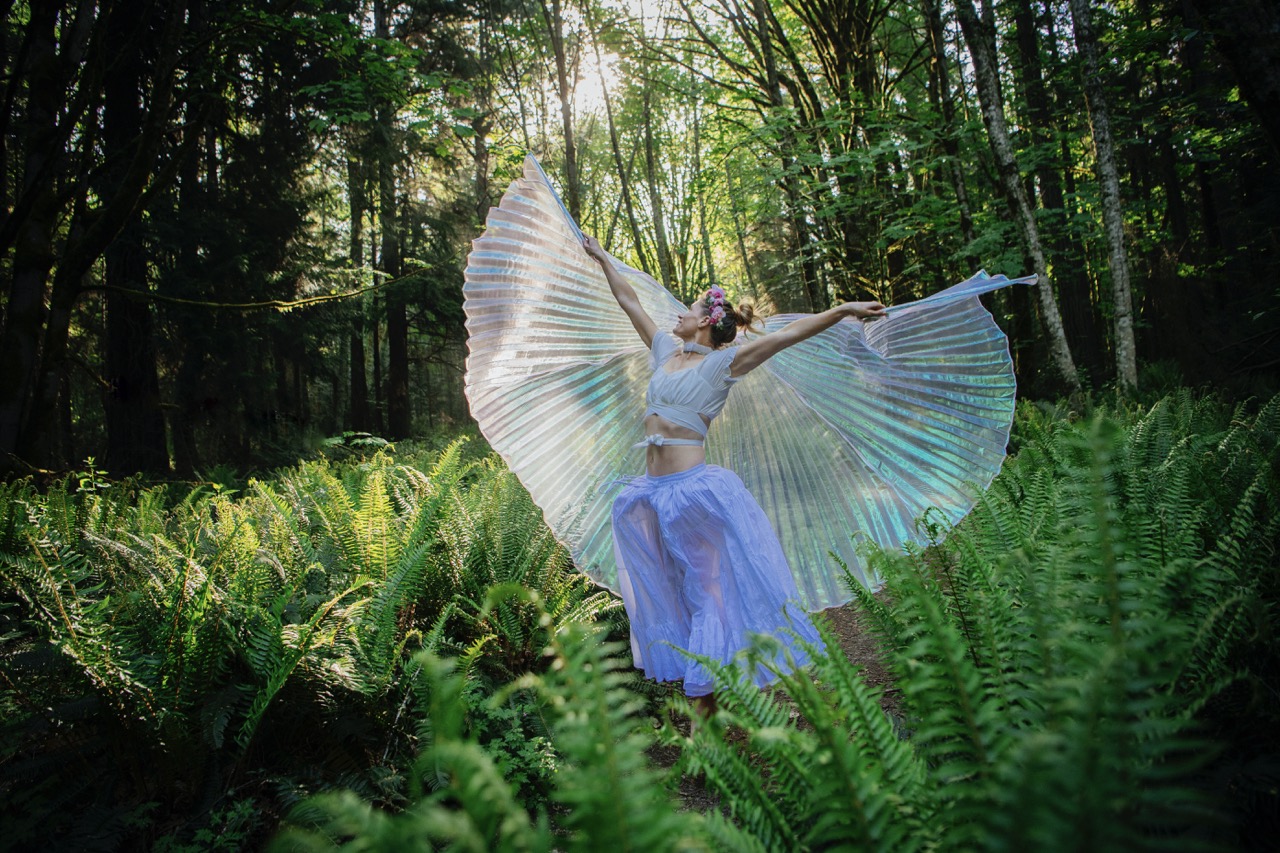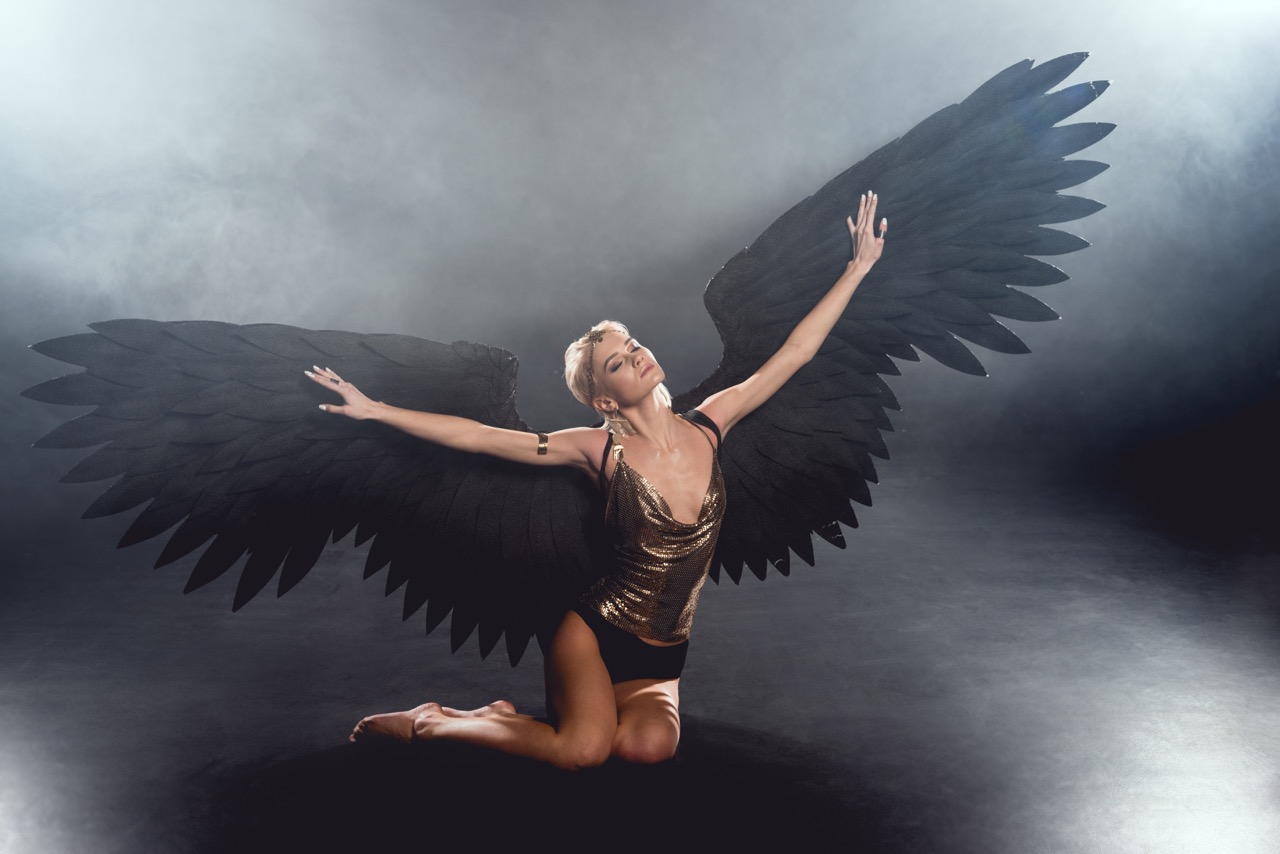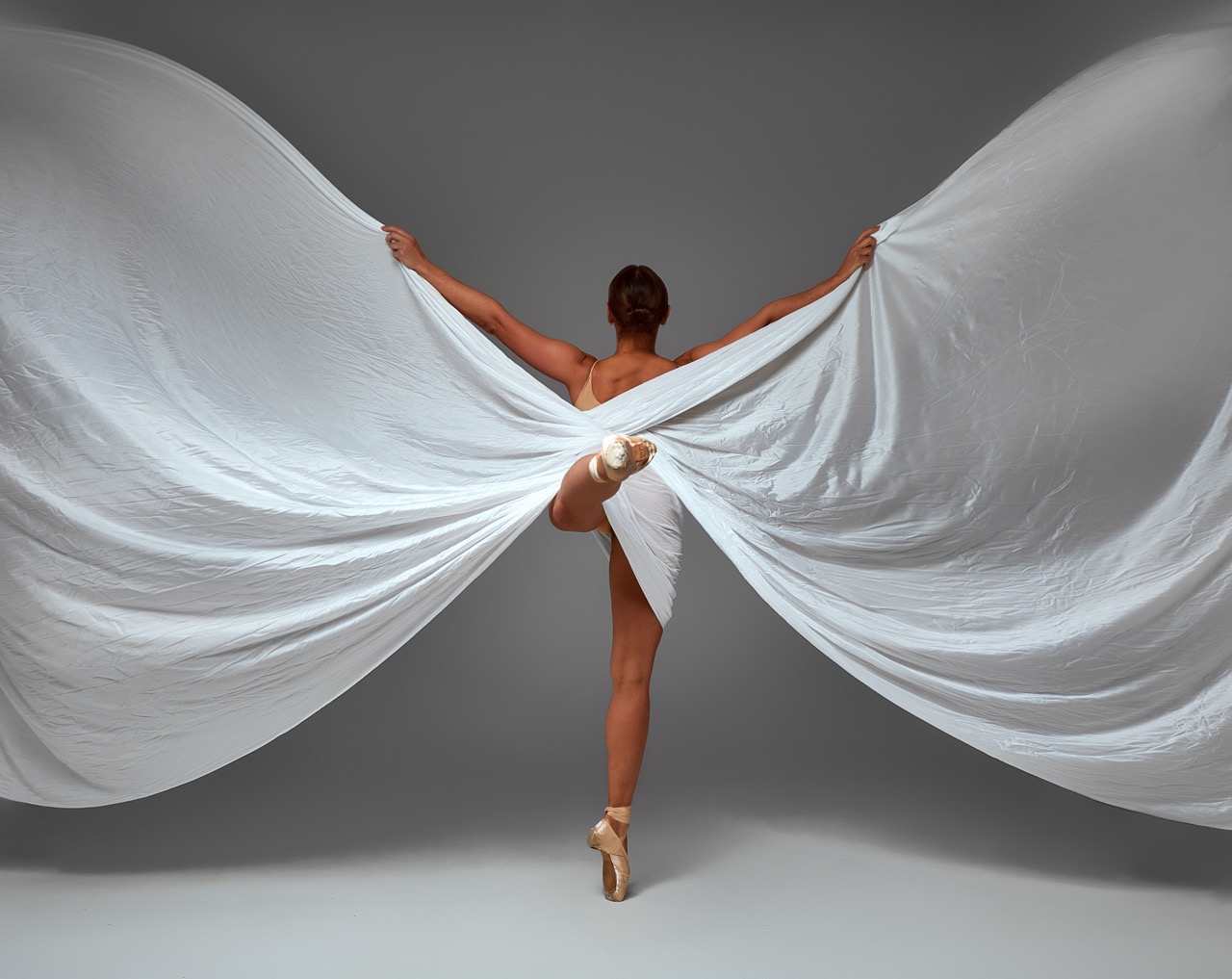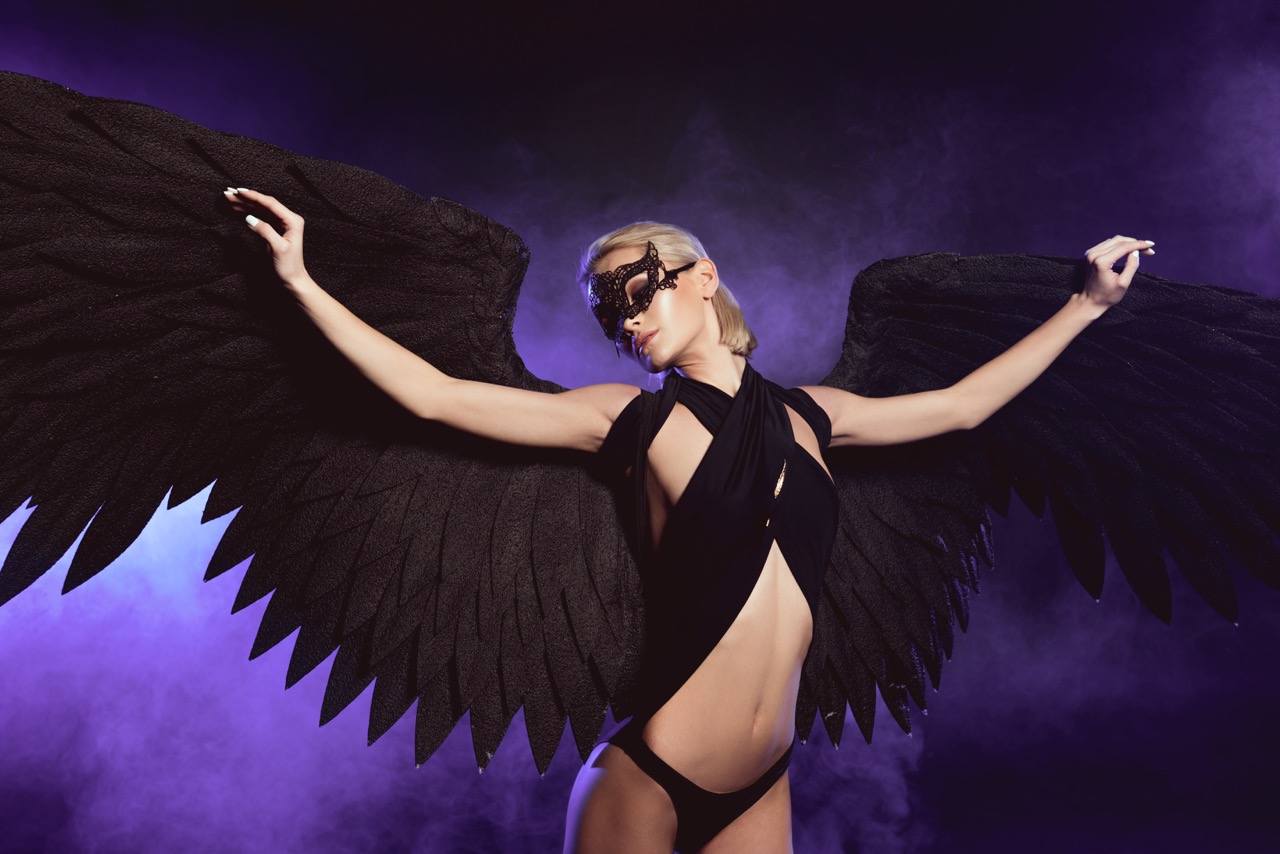Wings have long captured the human imagination, symbolizing the limitless potential of flight and freedom. In the world of dance, wings serve not only as visual spectacles but also as profound cultural signifiers that enhance the narrative of performance. This article explores the evolution of winged costumes in dance history, their rich symbolism, cultural variations around the globe, and the artistry involved in crafting these mesmerizing adornments.
The Evolution of Winged Costumes in Dance History
The history of winged costumes in dance can be traced back to ancient civilizations, where wings were frequently associated with deities and celestial beings. In Ancient Egypt, dancers would adorn themselves with wing-like embellishments to channel the grace and power of goddesses like Hathor. These early representations set the stage for the symbolic importance of wings in dance, evolving over the centuries into more elaborate and stylized designs.
During the Renaissance, the theatricality of dance flourished, and wings became a staple in ballet and opera. Performers adorned themselves with feathered wings, enhancing their portrayals of angels and mythical creatures. The Baroque period further embraced opulence, leading to the creation of intricate winged costumes that captivated audiences with their beauty and movement. This transition marked a significant shift in how wings were integrated into the dance narrative, transforming them from simple adornments to essential storytelling devices.
In modern times, the use of wings in dance costumes has expanded dramatically, encompassing various genres from ballet to contemporary dance and even street dance. Designers today experiment with materials such as silk, metal, and LED lights, creating a new era of wings that are not only visually stunning but also versatile. The evolution of winged costumes reflects a broader cultural shift towards individual expression and creativity in dance, making it a dynamic aspect of performance art that continues to evolve.
Symbolism of Wings: Freedom, Transformation, and Grace
Wings symbolize freedom, an idea deeply rooted in the human psyche. They evoke the fantasy of liberation, allowing dancers to transcend earthly limitations and connect with a higher realm. In many cultures, the act of flight embodies the desire for freedom from constraints, making dancers donning winged costumes embodiments of this longing. When performers take the stage, their movements become an expression of this yearning, inviting audiences to experience the exhilaration of unfettered flight.
Transformation is another profound theme associated with wings. In folklore and mythology, characters often undergo significant metamorphoses, gaining wings as a symbol of their evolution. This transformative quality is mirrored in dance, where the act of wearing wings often signifies a character’s journey from one state of being to another. Whether portraying a mythical creature or an abstract representation of self-discovery, winged costumes facilitate this narrative by visually embodying the change that occurs within the dancer.
Finally, wings convey grace, an inherent quality of both the costumes and the movements they inspire. The gentle fluttering of wings enhances the fluidity of a dancer’s performance, creating a visual poetry that captivates the audience. The elegance of winged movements can elevate the emotional resonance of a piece, allowing viewers to experience a heightened sense of beauty and artistry. Thus, the symbolism of wings in dance encompasses freedom, transformation, and grace, weaving a rich tapestry of meaning into the fabric of performance.
Cultural Variations: Wings in Global Dance Traditions
Across different cultures, wings have taken on unique forms and meanings in dance traditions, demonstrating the versatility of this powerful symbol. In Indian classical dance forms such as Bharatanatyam and Kathak, intricate movements often mimic the fluttering of birds or the majestic flight of mythological beings. Dancers use gestures and postures that evoke the beauty of wings, intertwining spirituality with physical expression in their performances.
In contrast, traditional Hawaiian hula incorporates feathered adornments that symbolize the connection to nature and the divine. The use of wings in this context highlights the cultural significance of birds as messengers and symbols of spiritual guidance. The vibrant colors and flowing movements of hula, complemented by wing-like costumes, create an immersive experience that reflects the deep relationship between the dancers, their culture, and the natural world.
Moreover, modern interpretations of winged costumes have emerged in contemporary dance, breaking free from traditional forms. Choreographers worldwide utilize wings to explore themes of identity, existence, and societal constraints. These innovative takes on winged costumes demonstrate how dancers can reinterpret cultural symbols to express contemporary narratives, ensuring that wings remain a relevant and transformative element in the evolving landscape of global dance.
Crafting Artistry: The Design and Impact of Dance Wings
The crafting of winged costumes is a meticulous art form that merges creativity with technical skill. Designers must consider various factors, including the weight, movement, and visual impact of the wings. Lightweight materials such as chiffon, organza, or even innovative fabrics are often utilized to ensure that the wings can move fluidly with the dancer, enhancing rather than hindering their performance. The choice of colors, patterns, and textures also plays a crucial role, as these elements often convey deeper meanings or evoke specific emotions.
The impact of dance wings extends beyond the aesthetic; they serve as a powerful tool for storytelling. The way wings flutter or expand during a performance can amplify the emotions portrayed on stage, adding layers of meaning to the choreography. Dancers harness the kinetic energy of their wings to create dynamic visuals that resonate with the audience, transforming each movement into a visual narrative. The interplay between dancer and wings thus becomes a captivating dialogue that enlivens the entire performance.
Ultimately, the artistry involved in designing and crafting dance wings reflects a larger commitment to the evolution of performance art. As costume designers continue to innovate and experiment with new techniques and materials, the possibilities for winged costumes will only expand. This ongoing evolution not only enhances the visual spectacle of dance but also deepens the cultural significance of wings, ensuring their place as a timeless symbol in the world of movement and expression.
In conclusion, the cultural significance of wings in dance costumes is a multifaceted phenomenon that encompasses history, symbolism, and artistry. As we continue to explore and celebrate the diverse expressions of dance worldwide, the enduring fascination with wings will remain a vital element of this dynamic art form. The evolution of winged costumes challenges dancers and designers alike to think creatively, to push boundaries, and to embrace the transformative power that wings represent—a celebration of freedom, grace, and the human spirit in flight.




